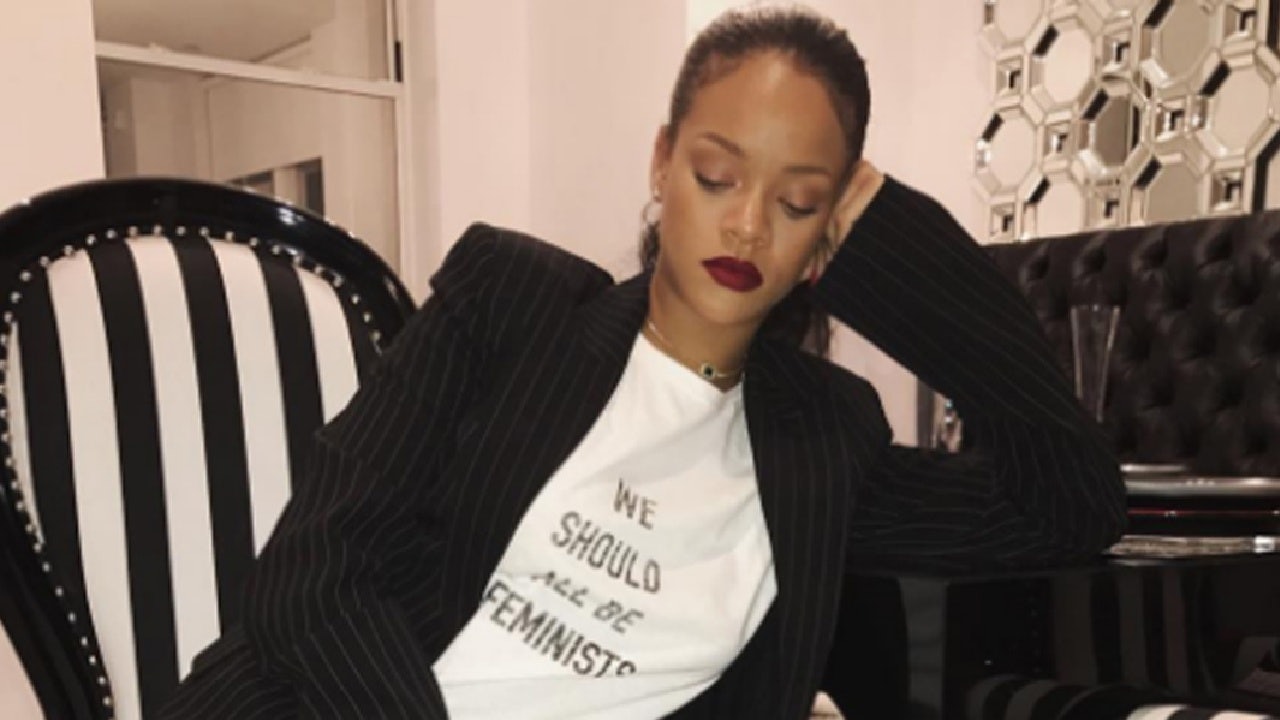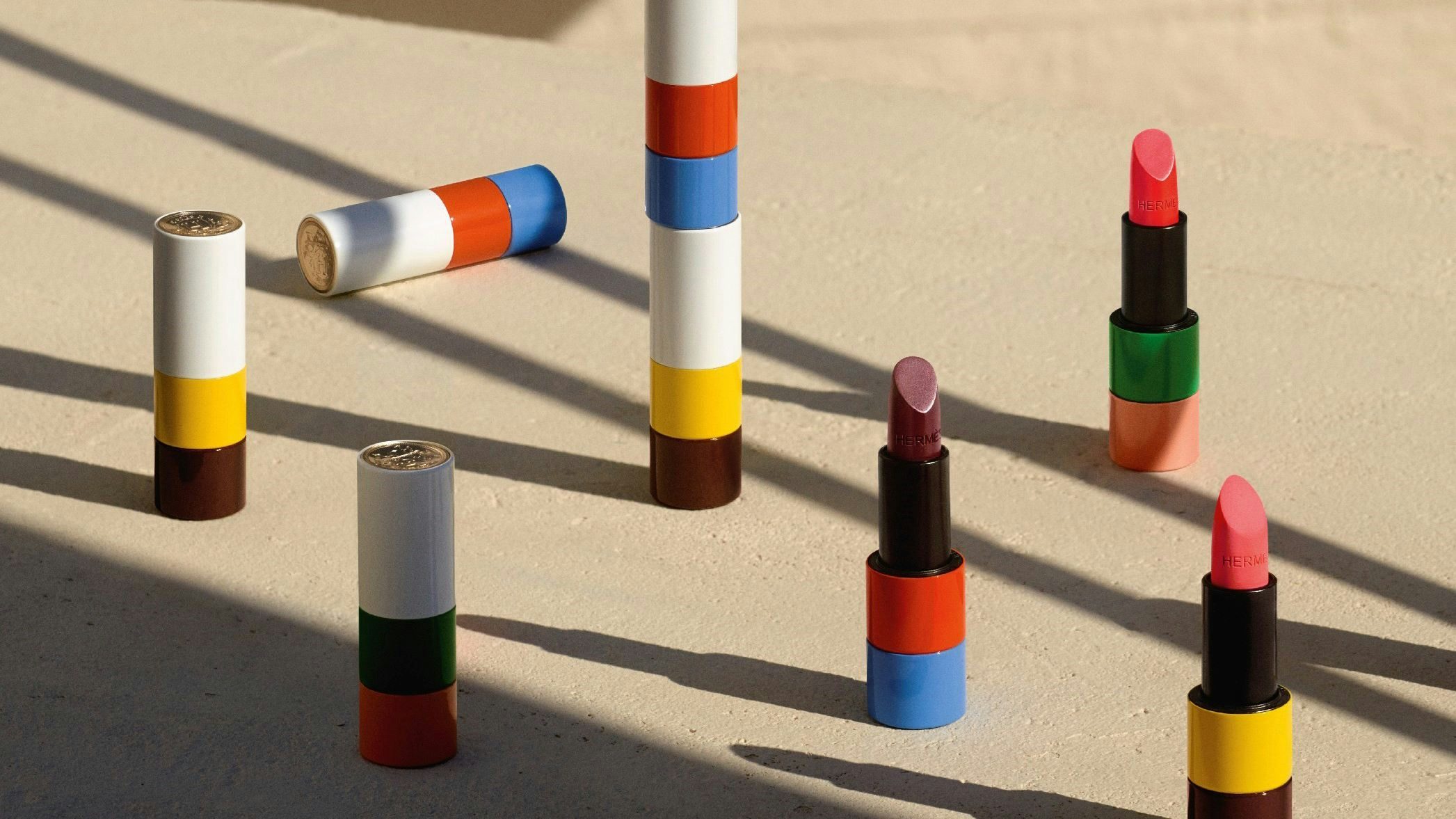What happened
A report released by the consulting firm Oliver Wyman forecasts that the spike in first-time luxury fashion buyers will trigger an 88-percent jump in China’s luxury fashion market in 2021.
The company's New Faces of Chinese Luxury Shoppers report shows that the preferences of younger consumers will soon reshape the industry. This cohort is significantly influencing China's luxury fashion market in 2021, with 1.5 million luxury buyers now spending an average of at least 6,255 (40,000 yuan) every year on fashion-related luxury products.
The report also highlights how this group was responsible for 81 percent of the sector’s total sales over the past 12 months. “A lot of consumers who might have spent [money] on traveling before other things, especially younger Gen-Z consumers, have instead entered the luxury category,” said Imke Wouters, a retail and consumer goods partner at Oliver Wyman, to Business of Fashion.
Of equal importance, Oliver Wyman’s report emphasizes how young adults have different buying behaviors than older generations. For instance, Katie Sham, a retail and consumer goods principal at Oliver Wyman, said that “99 percent” of Chinese luxury buyers would have first purchased leather items a decade ago. But Gen-Z consumers are more inclined to buy ready-to-wear fashion today.
“We aren't talking about an expensive jacket from Chanel or an evening gown from Dior. We are talking about a signature T-shirt,” Sham added.
The Jing Take
Oliver Wyman’s report exposes the massive consumer shift in China, where younger consumer demographics have stopped investing in handbags and small leather goods and now focus their spending on ready-to-wear items. Considering that leather accessories have traditionally been responsible for brand expansions, increased sales opportunities, and growing revenue, this change could potentially alter the industry and impact the identities of various luxury brands.
For example, heritage brands like Hermès, Louis Vuitton, and Maison Goyard are widely known for their iconic bags and leather goods. But Louis Vuitton, under both Kim Jones and Virgil Abloh, moved successfully towards streetwear. That is not the case with Hermès and Maison Goyard. As such, Hermès should respond to this trend by generating unique products relevant to younger consumers, a strategy that should strengthen customer relationships and maintain brand relevance.
Look at Christian Dior, for example. The French luxury brand gained a competitive advantage in the Chinese market by focusing on affordable designs that bring gender equality and environmental issues to the fore. Its WE SHOULD ALL BE FEMINISTS T-shirt became a global sellout success, inspiring other luxury brands to follow its example. But in the future, luxury brands will need to go beyond innovative marketing campaigns and create products that captivate audiences. A plain white T-shirt will no longer make the cut.
The Jing Take reports on a piece of the leading news and presents our editorial team’s analysis of the key implications for the luxury industry. In the recurring column, we analyze everything from product drops and mergers to heated debate sprouting on Chinese social media.

